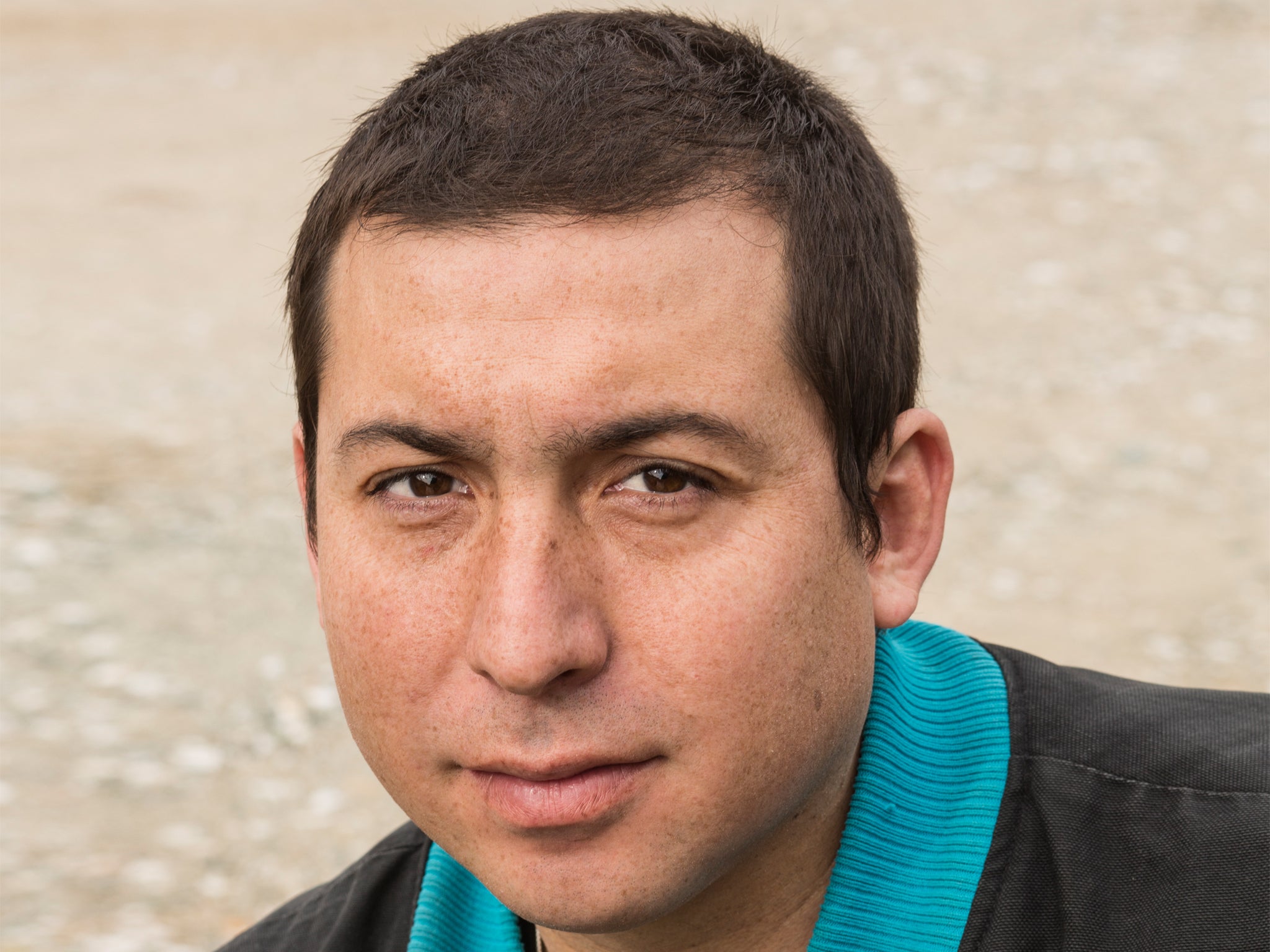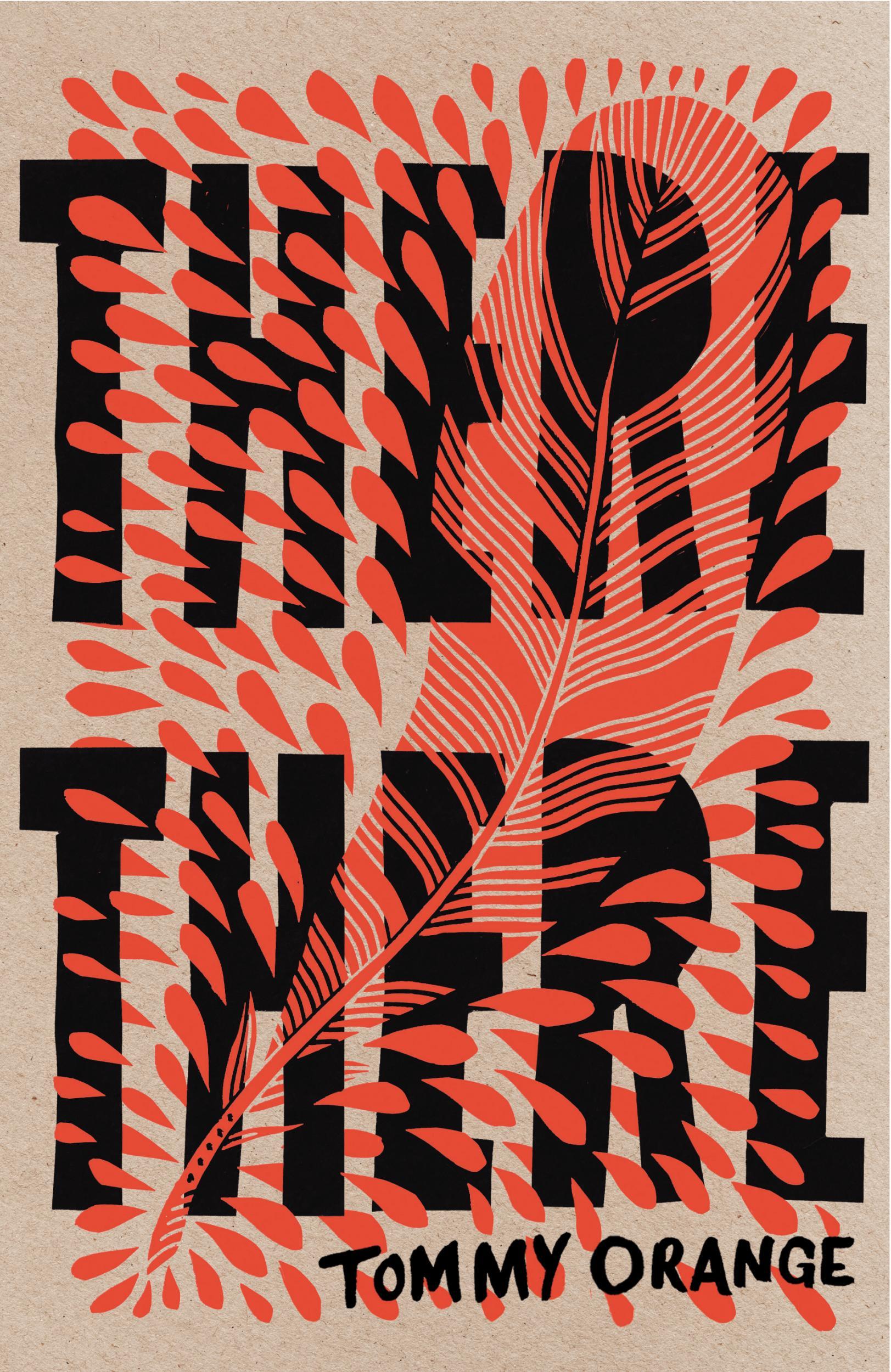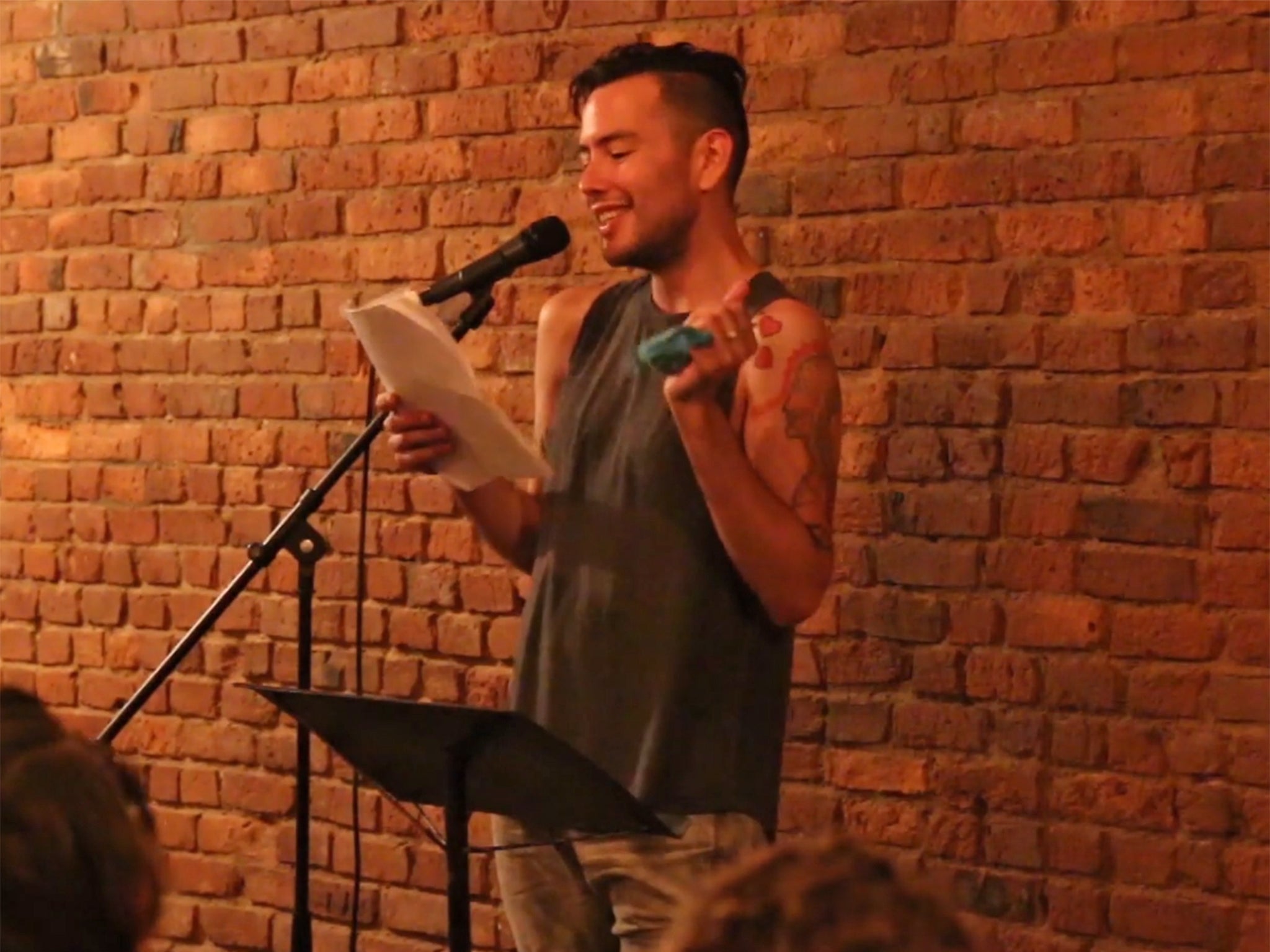Tommy Orange on how he wrote a new kind of Native American epic
The debut novelist is causing a buzz with his novel 'There There', which reflects the ambivalence he has felt towards his Cheyenne heritage

Your support helps us to tell the story
From reproductive rights to climate change to Big Tech, The Independent is on the ground when the story is developing. Whether it's investigating the financials of Elon Musk's pro-Trump PAC or producing our latest documentary, 'The A Word', which shines a light on the American women fighting for reproductive rights, we know how important it is to parse out the facts from the messaging.
At such a critical moment in US history, we need reporters on the ground. Your donation allows us to keep sending journalists to speak to both sides of the story.
The Independent is trusted by Americans across the entire political spectrum. And unlike many other quality news outlets, we choose not to lock Americans out of our reporting and analysis with paywalls. We believe quality journalism should be available to everyone, paid for by those who can afford it.
Your support makes all the difference.There There, Tommy Orange’s polyphonic debut novel, takes its title from Gertrude Stein’s cutting line about Oakland, California: “There is no there there.”
Orange, who grew up in Oakland and is a member of the Cheyenne and Arapaho tribes, uses that concave, twisty riddle as his novel’s recurring anthem, a shorthand to describe the disorienting experience of living in America as a self-described “urban Indian”.
For native people, Orange writes, cities and towns themselves represent the absence of a homeland – a lost world of “buried ancestral land, glass and concrete and wire and steel, unreturnable covered memory. There is no there there.”
Orange, 36, seems at home with those sorts of paradoxes and contradictions. He grew up straddling two worlds, never quite feeling like he belonged. His father, who spoke Cheyenne as his first language, was a Native American Church ceremony leader. His white mother, a wandering hippie and spiritual seeker, later converted to evangelical Christianity and denounced his father’s religious practices as demonic.
Orange wasn’t sure what to believe – as a boy, he used to worry about the coming apocalypse and spending eternity in hellfire.
With the highly anticipated There There, Orange has written a new kind of Native American epic, one that reflects his ambivalence and the complexity of his upbringing.
“There’s been a lot of reservation literature written,” he said. “I wanted to have my characters struggle in the way that I struggled, and the way that I see other native people struggle, with identity and with authenticity.”

There There, which follows a dozen Native American characters whose lives converge at a big powwow at the Oakland Coliseum, has drawn accolades from writers like Louise Erdrich, Margaret Atwood, Marlon James and Pam Houston. “This book is going to remake the literary canon, and not just the native canon,” said Houston, one of Orange’s teachers at the Institute of American Indian Arts in Santa Fe, New Mexico.
Orange is part of a new generation of acclaimed indigenous writers from the United States and Canada who are publishing groundbreaking, formally innovative poetry, fiction and prose, shattering old tropes and stereotypes about Native American literature, experience and identity. Their ranks include poets like Layli Long Soldier, Natalie Diaz, Joshua Whitehead and Tommy Pico, and the essayists and memoirists Elissa Washuta and Terese Marie Mailhot.
These writers are radically reshaping the native canon, with stylistically and thematically diverse works that reflect a broad range of influences, from pop culture and hip hop in Pico’s poetry, to cyberpunk dystopian science fiction in Whitehead’s collection, Full-Metal Indigiqueer.
“All these writers are doing something very contemporary, which feels important because of how historical it’s always felt,” Orange said. “A lot of this writing is modern, it’s trying to break and bend boundaries.”
Some are consciously deploying painful stereotypes, and subverting them. Orange opens his novel with a meditation on the symbolism of the Indian head – an image that appears on coins, flags and team uniforms as seemingly benign décor, but also recalls centuries of violence against indigenous people, tracing back to 17th century massacres when the heads of slaughtered native people were displayed on spikes.
Pico, 34, who grew up on the Viejas Indian reservation of the Kumeyaay Nation in Southern California, refers to indigenous people in his poems with the letters “NDN” — an insider shorthand for “Indian”. Non-native people who pick up his poems are often confused by the term at first, but indigenous people get it right away, he said.
“The term ‘Indian’ was an imposed identity on a group of myriad indigenous people that amassed us into one, as a way to rob us of our distinctions,” said Pico, who lives in Brooklyn and recently published Junk, his third volume of poetry. “I saw an opportunity to take something that had been imposed on us and to create a new identity out of it, one that only we were familiar with.”

In her memoir, Heart Berries, Mailhot, 34, who grew up on the Seabird Island Reservation in British Columbia, uses the word “squaw”, co-opting the stereotype to highlight how Indian women are often objectified, sexualised and dismissed. “I feel like a squaw,” she writes. “The type white people imagine: a feral thing with greasy hair.”
Mailhot and Orange are both recent graduates of the Institute of American Indian Arts. The school’s graduate writing program, which was founded in 2013, is largely staffed by and designed for native writers, and has become an incubator of sorts for new native voices, among them the poets b: william bearhart and Chee Brossy and the poet and nonfiction writer Sasha LaPointe. The program has been a catalyst behind what some are calling another Native Renaissance – a proliferation of new literature that mirrors the arrival of acclaimed indigenous writers like Erdrich, Joy Harjo and Leslie Marmon Silko in the 1970s and 1980s.
“At IAIA, I felt we were building an aesthetic,” Mailhot said. ‘We’re not interested in rewriting what’s already out there.”
After graduating and selling their books, Mailhot and Orange both decided to teach at IAIA. The task feels even more vital following the allegations of sexual harassment and misconduct against novelist Sherman Alexie, who was deeply involved with the program and often championed the work of younger writers. (After Alexie was accused of harassment by multiple women, both Orange and Mailhot asked their publishers to remove his endorsements from their books.)
The accusations against Alexie, who is perhaps the most prominent contemporary Native American writer, were painful for his former students and other young indigenous writers who looked up to him. But the scandal and its aftermath also had an unexpected positive side effect: other native writers were ready to step in and become mentors and teachers.
“I want to help build momentum and get more native voices out there,” Orange said. “It’s a really powerful thing to be part of a native writing community.”
Growing up in Oakland, Orange, who is boyish looking with close cropped hair and a round, freckled face, often felt out of place. At his mostly white high school, he was called racial slurs – not for being native, but because kids mistook him for Chinese. Other times, people assumed he was Mexican.
His parents, who met at a commune in New Mexico, fought a lot after his mother converted to evangelical Christianity, and eventually divorced. (Years later, his mother returned to the Native American Church).
Orange often didn’t feel Native American enough, or white enough, he said. He threw himself into roller hockey, and fell in love with music after getting a guitar for his 18th birthday. He studied sound art in college, and hoped to one day compose piano scores for movies, but job prospects in the field were slim. After graduating in 2004, he found work at a used bookstore, and became a voracious reader, devouring books by Borges and Kafka and John Kennedy Toole.
Orange bounced around between jobs for a while, waiting tables in New Mexico and working at a Native American health centre in California, reading and writing as much as he could. In 2010, he had the idea for There There while driving to Los Angeles to go to a piano concert.
He envisioned a narrative with a large cast of characters, partly as a way to address how little has been written about the lives of urban Native Americans, who account for the majority of indigenous people living in the United States.
Orange struggled for several years with the structure, puzzling over how the characters’ lives fit together, and discarded hundreds of pages and entire chapters delving into different characters’ family histories. Eventually, he settled on an unconventional form: the novel opens with a series of brief and jarring vignettes revealing the violence and genocide that indigenous people have endured, and how it has been sanitised over the centuries.
Orange said he felt like he couldn’t move the story forward without first going back.
“As native writers, there’s a certain feeling that you have to set the record straight before you even begin,” he said. “It’s been told wrong, and not told, so often.”
‘There There’ is published in the UK by Harvill Secker, 5 July
© The New York Times
Join our commenting forum
Join thought-provoking conversations, follow other Independent readers and see their replies
Comments